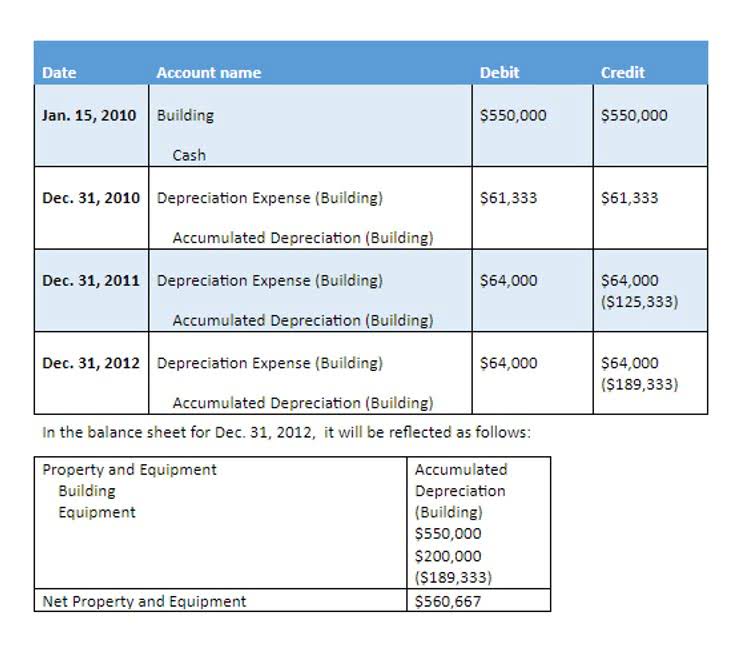Knowing the basics of how to read a balance sheet and calculate owner’s equity is an important skill for owners of businesses of all sizes, as well as for investors of public companies. For a sole proprietorship or partnership, the value of equity is indicated as the owner’s or the partners’ capital account on the balance sheet. The balance sheet also indicates the amount of money taken out as withdrawals by the owner or partners during that accounting period. Financial equity represents the ownership interest in a company’s assets after deducting liabilities. It reflects the value that belongs to the shareholders or owners of the business. Equity can also refer to other items like brand equity or other non-financial concepts.
Equity and Financial Accounting
To calculate owner’s equity, the total assets of a business are summed up, and the total liabilities are deducted from this amount. This process provides a measure of https://www.bookstime.com/ the residual claim on assets that remains after all liabilities have been settled. The two components of owner’s equity are contributed capital and retained earnings.
Additional Paid-in Capital
Shareholder equity alone is not a definitive indicator of a company’s financial health; used in conjunction with other tools and metrics, the investor can accurately analyze the health of an organization. Every statement of owner’s equity reveals a vivid financial tale of the business over a specified time period. It’s essentially a summary or breakdown how to find owners equity of the changes in your capital account, which represents the section of the balance sheet that details the owner’s equity in the business. The formula for calculating owner’s equity involves subtracting total liabilities from total assets. The resulting value represents the residual claim on assets that remains after all liabilities have been settled.
What is the approximate value of your cash savings and other investments?
- To calculate the owner’s equity for a business, simply subtract total liabilities from total assets.
- Be sure to take advantage of QuickBooks Live and accounting software to help with your statement of owner’s equity and other bookkeeping tasks.
- By preparing an owner’s equity statement, businesses can effectively track and report changes in their equity, ensuring transparency and accuracy in their financial records.
- Equity represents the residual claim on assets after satisfying liabilities.
- Upgrading to a paid membership gives you access to our extensive collection of plug-and-play Templates designed to power your performance—as well as CFI’s full course catalog and accredited Certification Programs.
- It is calculated by getting the difference between the par value of common stock and the par value of preferred stock, the selling price, and the number of newly sold shares.
If a business owner takes money out of their owner’s equity, the withdrawal is considered a capital gain, and the owner must pay capital gains tax on the amount taken out. If you run or invest in a business, you need to know how to calculate owner’s equity. This measure of a firm’s value is reported each quarter and annually on the balance sheet, which is one of the standard financial statements firms must prepare. One way to think of it is that book value or owner’s equity is the amount that would remain if the business were liquidated and all debts were paid off. These figures can all be found on a company’s balance sheet for a company.
What Are Some Other Terms Used to Describe Equity?
Outstanding shares are taken into account when determining shareholder’s equity. They can be physical in nature, like vehicles, real estate, or products. They can also be intangible, like intellectual properties or brands. It creates an asset on one side of the equation and an equal liability on the other side.
- Owning equity will also give shareholders the right to vote on corporate actions and elections for the board of directors.
- In all of the examples we’ve discussed in this article, the basis of calculating that equity was rooted in this accounting equation.
- In an LBO transaction, a company receives a loan from a private equity firm to fund the acquisition of a division of another company.
- The statement of owner’s equity, also known as the “statement of shareholder’s equity”, is a financial document meant to offer further transparency into the changes occurring in each equity account.
- It represents the residual claim on assets that remains after all liabilities have been settled.
- The cash flow statement (CFS) is, therefore, more comprehensive with regard to understanding the financial health of a company, but does not offer the same type of transparency into any specific line item.
Ask Any Financial Question
Types of Private Equity Financing
- Sam has $75,000 worth of equity in the home or $175,000 (asset total) – $100,000 (liability total).
- The amounts for liabilities and assets can be found within your equity accounts on a balance sheet—liabilities and owner’s equity are usually found on the right side, and assets are found on the left side.
- Subtract $150,000 from $500,000 to compute the owner’s equity of $350,000.
- That includes the $20,000 Rodney initially invested in the business, the $75,000 he took out of the company, and the $150,000 of profits from this year’s operations.
- To calculate this, we’ll put the figures into our formula from above.





